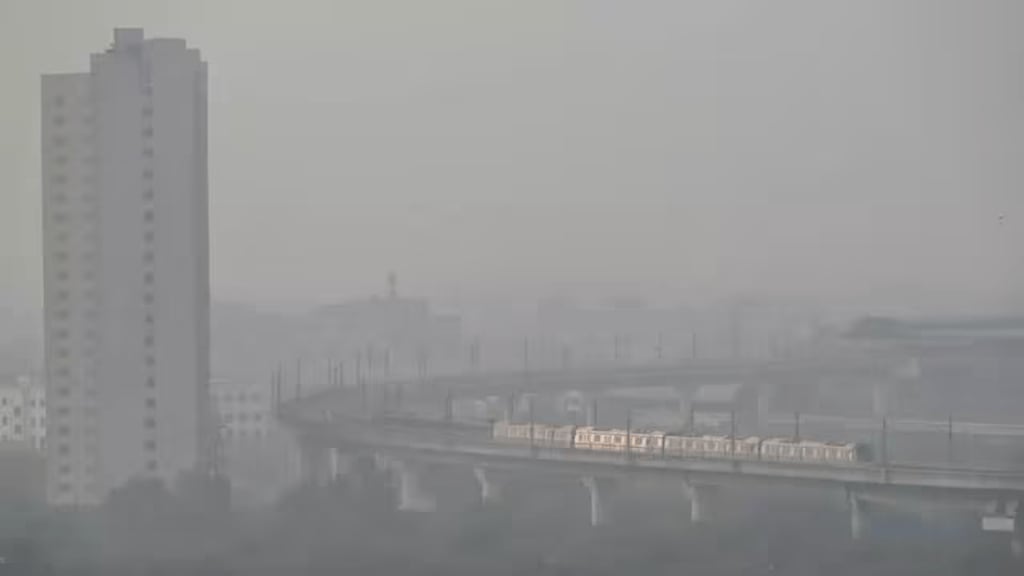Delhi’s air quality plummeted to the “very poor” category last week and worsened on Diwali, with an average AQI of 345 recorded, according to CPCB data. However, many were left scratching their heads on Tuesday when global media citing IQAir, reported pollution levels shooting past 2,000, while India’s official data reported much lower figures, mostly below 400.
Why Delhi’s AQI readings varied globally?
At around 12:30 am, for example, the Central Pollution Control Board (CPCB) recorded an Air Quality Index (AQI) of 272 at Siri Fort. But the same location showed a 2,449 on IQAir, which is a Switzerland-based global air monitoring platform. This huge gap led to confusion online, with many users questioning whether the government was downplaying the city’s worsening air crisis.
Experts, according to The Times of India, say the two sets of readings are both correct, but they’re calculated on different systems. India’s AQI system was introduced in 2015 and is built around six parameters: PM2.5, PM10, ozone, nitrogen dioxide, sulphur dioxide, and carbon monoxide. The index runs on a scale from 0 to 500, with anything above 401 marked as “severe” or “very poor.”
“IQAir, for instance, uses a US.-based model,” explained MP George, former additional director at the Delhi Pollution Control Committee (DPCC). Interestingly, that system also runs on a 0–500 scale but allows values beyond 500 if the air quality is extremely hazardous. India’s index, however, stops at 500, since health risks are already critical at that level and adding higher numbers makes no sense.
To answer the public’s confusion, Dr George told ToI, “I would trust CPCB’s data more, as the calibration and reference methods are known. We don’t know the exact algorithms IQAir uses.”
Delhi pollution data goes missing
On Wednesday, The Times of India reported that many of Delhi’s air quality monitoring stations went offline during the Diwali pollution spike. According to the report, only nine of Delhi’s 39 stations recorded continuous data during the 36-hour period between Monday midnight and Tuesday 11 am. Stations at areas like Jawaharlal Nehru Stadium, Patparganj, RK Puram, and Nehru Nagar were down for almost five to eight hours when pollution was at its peak.
The massive difference in AQI readings also started a debate online. One Twitter user wrote: “The Indian system doesn’t allow values above 500, while the U.S. system allows values above 500. But this doesn’t explain why Siri Fort was showing 272 on CPCB when IQAir was showing 2,449. Imagine the level to which official AQI data is being subdued.”
Environmental experts, however, suggest that even though the numbers are different, both platforms have flagged Delhi’s air as dangerously polluted.

